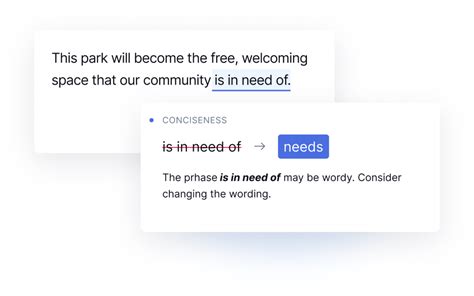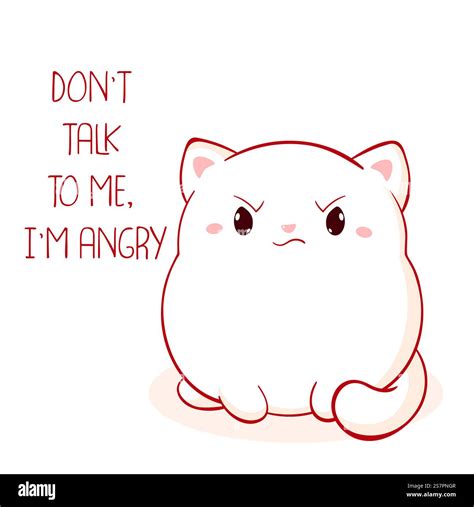In the vast landscape of communication, whether you’re crafting an email, a blog post, a report, or a novel, one of the most persistent challenges writers face is striking the perfect balance between conciseness and necessary detail. Too much detail can overwhelm and bore your reader, leading to disengagement. Too little, and your message becomes ambiguous, incomplete, or unconvincing. The sweet spot, however, is where clarity, impact, and reader comprehension truly flourish.
Why This Balance is Crucial
Achieving equilibrium isn’t just about good grammar; it’s about effective communication. A well-balanced piece respects the reader’s time while ensuring they grasp the full scope of your message. It fosters trust, builds credibility, and ensures your ideas resonate. This delicate dance is vital for everything from marketing copy that needs to hook quickly to technical documentation that requires absolute precision.
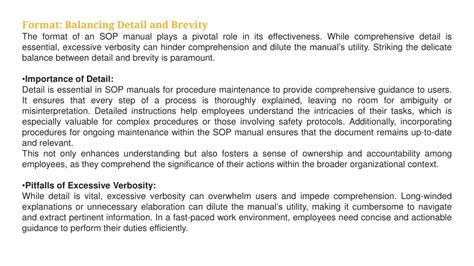
Strategies for Achieving Conciseness
Conciseness isn’t about shortening; it’s about strengthening. It means saying more with fewer words, making every word count.
- Eliminate Fluff and Jargon: Ruthlessly cut redundant phrases, clichés, and industry-specific terms that aren’t universally understood. For example, instead of “due to the fact that,” use “because.”
- Use Strong Verbs: Replace weak verb-noun combinations (e.g., “make a decision” with “decide”) and passive voice with active voice whenever possible.
- Shorten Sentences and Paragraphs: Break up long, convoluted sentences. Aim for paragraphs that focus on a single main idea.
- Focus on the Core Message: Before writing, ask yourself: What is the single most important point I want my reader to take away? Build your content around that.
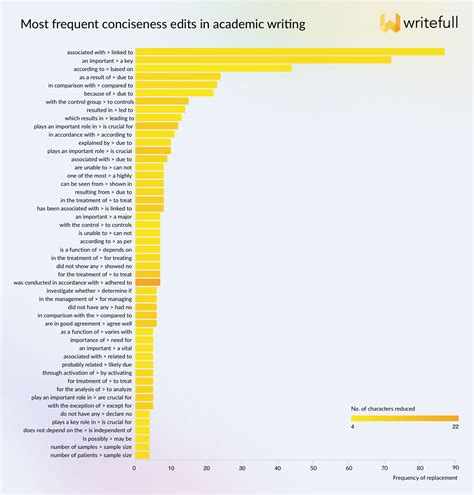
Strategies for Including Necessary Detail
While conciseness is vital, it shouldn’t come at the expense of clarity or completeness. Necessary detail provides context, evidence, and depth, answering the “who, what, when, where, why, and how” for your audience.
- Anticipate Reader Questions: Put yourself in your reader’s shoes. What information would they need to fully understand or believe your point?
- Provide Context and Background: Don’t assume prior knowledge. Briefly set the scene or explain the foundational concepts necessary for understanding.
- Use Examples, Anecdotes, and Data: Abstract ideas become concrete with specific illustrations. Data and facts lend credibility.
- Elaborate on Key Concepts: If a concept is central to your message and potentially complex, dedicate enough space to explain it thoroughly.
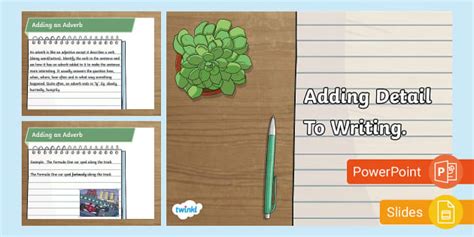
The Art of the Balance: Putting It All Together
Achieving this equilibrium is a process, not a single step. It often involves multiple drafts and a critical eye.
- Know Your Audience and Purpose: Who are you writing for? What do you want them to do or understand? A technical report for experts will require different detail levels than a blog post for a general audience.
- Outline First: A clear structure helps you identify main points and supporting details. It prevents you from getting lost in tangents or omitting crucial information.
- Draft Broadly, Then Refine: In your first pass, focus on getting all your ideas and necessary details down. Don’t worry too much about word count.
- Edit Ruthlessly (and in Layers):
- First Pass: Detail Check. Ensure all necessary information, context, and evidence are present. Have you answered potential questions?
- Second Pass: Conciseness Check. Now, go back and trim the fat. Cut redundant words, tighten sentences, and remove anything that doesn’t directly serve your purpose.
- Read Aloud: This simple technique often reveals awkward phrasing, wordiness, or gaps in logic that you might miss when reading silently.
- Seek Feedback: A fresh pair of eyes can offer invaluable perspective, pointing out areas where clarity is lacking or where information could be condensed.

Conclusion
Balancing conciseness with necessary detail is a hallmark of skilled writing. It’s about respecting your reader’s intelligence and time, providing them with just enough information to fully grasp your message without overwhelming them. By applying these strategies, you can transform your writing from merely informative to truly impactful, ensuring your words resonate and achieve their intended purpose.

